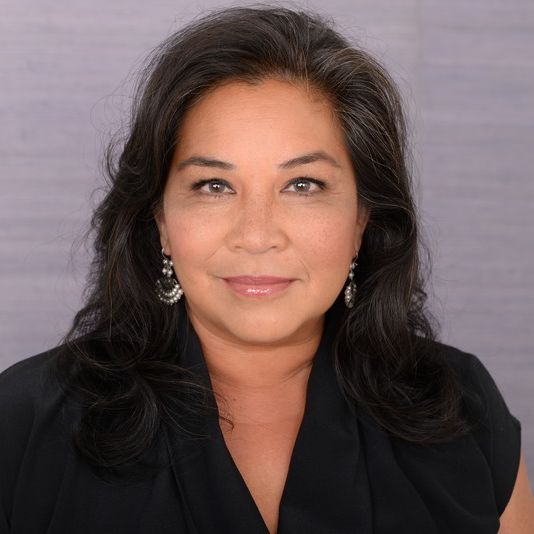INVISIBLE ASSETS
Documentary • Short film
ABOUT THIS PROJECT
SUPPORT THIS PROJECT
SUPPORT THIS PROJECT WITH A TAX-DEDUCTIBLE DONATION!
Request check, wire transfer and Zelle payment options with the filmmaker by clicking the button “Request info”, or donate via Paypal by clicking the button below.
Please note, our 7% fiscal sponsorship admin fee is deducted from your donation so you may choose to add that amount to your donation, and if choose to donate with PayPal, we strongly encourage you to cover the 2% payment fees incurred by PayPal.
PROJECT SUMMARY
California wines are reflective of their global origins in many ways – except one. Rarely is the story of the role of Chinese immigrants in building the California wine industry told.
It starts in 1850, the first Mayor of Sonoma, Jacob Leese (California became a state the same year), sailed his merchant ship to Canton China, and brought back the first three Chinese indentured servants.
A Hungarian immigrant, Haraszthy founded Buena Vista Winery in 1857 in Sonoma and became the foundational players in establishing California’s commercial wine industry. Chinese immigrants played a crucial role in founding the oldest commercial winery in California. As Sonoma grew as a wine destination, Buena Vista became a training ground for other immigrants, including French immigrant Charles Krug and German brothers Emil and Julius Dressel. The Chinese were responsible for digging tunnels to make the cellars, planting the grapes, and even making the wine, ultimately helping the CA transition from mining leader to agricultural leader.
In 1871, Agoston’s son Arpad, took over and while the Buena Vista Vinicultural Society was winning awards and outputting more wine than any other producer, always a marketer, Haraszthy writes an article for Harper’s Weekly, and famed Civil War photographer Eadward Muybridge takes the photos. These are the oldest and only photos of wine making from this time.
Around this time, Sonoma’s population had reached almost 30% Chinese. This was uncommon in a more segregated Northern California, where the Chinese did not have businesses side by side with pioneers. In many cases across California, the Chinese lived amongst themselves in shanty towns. But in Sonoma several Chinese businesses, mostly cleaning services catered to the community.
While the story of Chinese immigrants’ role in building California’s early wine industry is under-told, the impact of the Chinese is steeped in this location. The physical labor of the Chinese workers are part of the terroir (French, meaning ‘sense of place’ and identifies the specific characteristics or a geographical area, contributing to a wine’s identity). And today, there are over 23 California wineries that are either Asian-owned or have an Asian winemaker.
Jack Ding, an immigrant from Shanghai China became Sonoma’s first elected Mayor who is a person of color. Today Sonoma and sister city Penglai went before the Sonoma City Council to propose the building of a monument to the early Chinese, with a plaque describing the contributions the Chinese made to the wine industry of Sonoma. The council unanimously voted to approve the construction of a ting in a city park.
The dichotomy of Sonoma’s first Mayor, who brought indentured Chinese servants to America to Sonoma’s current Mayor, who made the trip to America at the age of 33 will be told and meet somewhere in the middle as Mayor Ding tries to rectify the erasure of the Chinese contribution by building a memorial Ting to honor the early workers of Sonoma.
PROJECT MISSION
In 2020, hate crimes against Asian Americans increased by 150%. In 2022, that number grew to 339%. The anti-Asian sentiment runs beneath the surface of our society today. As an Asian American, and learning about the treatment of the early Chinese immigrants made me think about historical trauma and the collective trauma of Chinese from nearly 150 years ago. And how it may be affecting what we are experiencing today. The insidious erasure of Asians in our history contributes to where we are today. As a creative activist, I want to tell these stories and make the Chinese visible, weaving this Chinese experience into the American tapestry.
THE FILMMAKERS

EDA BANJAKUL
DIRECTOR, PRODUCER
SUPPORT THIS PROJECT!
Your donation is tax deductible and supports WOC filmmakers and ensures Women of Color Unite is able to continue providing its services to its members. Thank you!

